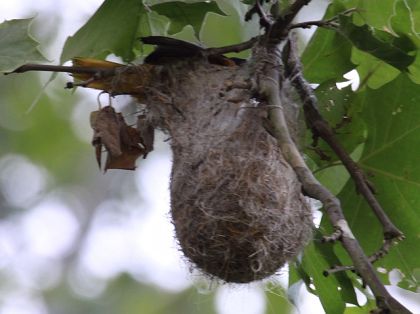 If you’ve never seen one I’m sure you’re wondering… what the heck is this?
If you’ve never seen one I’m sure you’re wondering… what the heck is this?
It’s a Baltimore oriole’s nest, a bag of birds.
If you look closely at the top of the nest you can see the tail and wing of the adult male. His head and feet are inside the bag but his tail doesn’t fit.
Despite the leaf cover, these bags are noticable in western Pennsylvania right now because the baby birds are making a lot of noise inside.
Baltimore orioles are nothing if not noisy. Only eight weeks ago the males came back to Pennsylvania, singing and chattering and claiming territory. Soon the ladies arrived and the males displayed their beautiful orange feathers and made a lot of noise to attract their attention. The females are impressed by this – and they’re noisy in return. After they’ve chosen a mate, Baltimore oriole pairs stay in constant audio contact.
Shortly after pairing up, the female Baltimore oriole builds her nest at the tip of a drooping tree branch. It takes 5-8 days of weaving plant fibers, string, grape bark, grasses and pieces of old oriole nests to make this bag. She doesn’t engage in skillful weaving but her random method works nonetheless.
When she’s completed a hanging structure she lines it with feathers, soft grasses, wool, willow and dandelion fluff. Her mate sings while she builds and she replies. She then lays 4-6 eggs and incubates them alone for 12-14 days. Her mate’s contribution is to sing nearby. Lots of noise.
When the eggs hatch both parents feed the babies. After about a week the nestlings take over in the noise department and become very vocal inside the bag. I found three oriole nests at Schenley Park last week just by following the babies’ sound. It’s usually a disadvantage for baby birds to give away their location but Baltimore orioles have always been noisy and it doesn’t seem to have to damaged their chance at survival.
As the nestlings get noisier their father sings less. In 12-14 days they fledge and both parents feed them for about a week. Then mom begins to molt and travels more widely. Dad coaches the fledglings for a couple of weeks, then the youngsters disperse. He stays on territory until he’s finished molting and leaves our area in late summer.
It all happens very fast. From late April to mid-July there’s a lot of activity and then it’s over.
Now’s the time to look for a noisy bag o’ birds.
(photo by Chuck Tague)
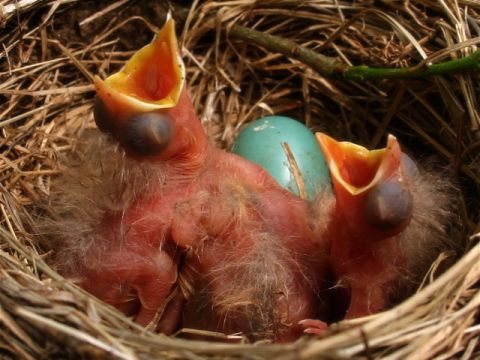
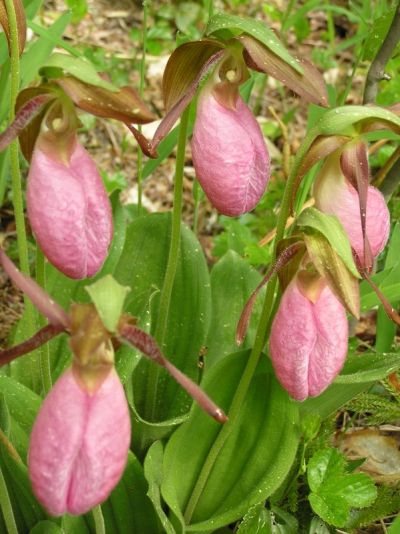



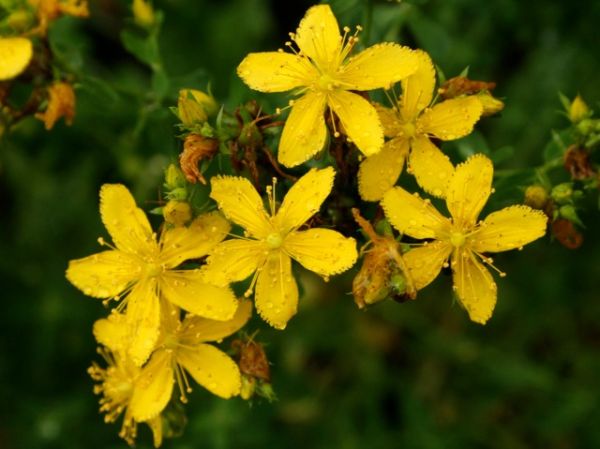
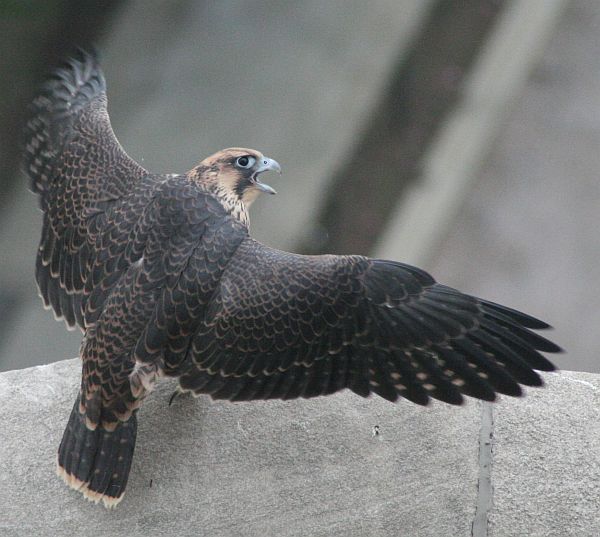
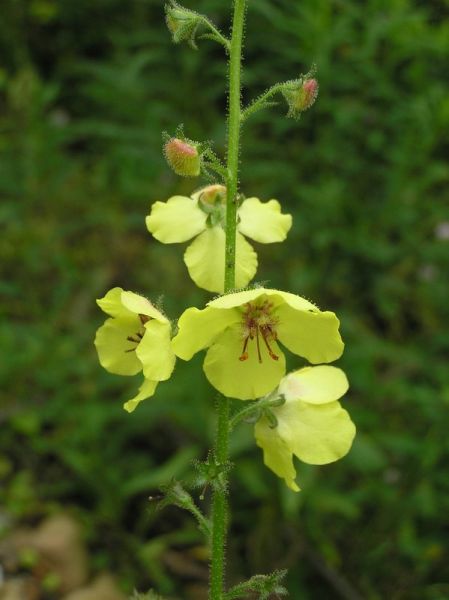
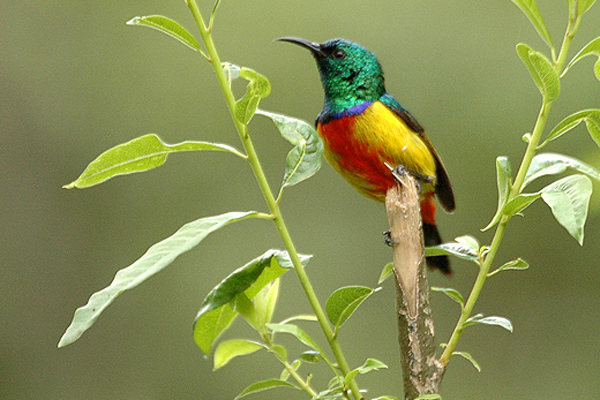
 If you’ve never seen one I’m sure you’re wondering… what the heck is this?
If you’ve never seen one I’m sure you’re wondering… what the heck is this?